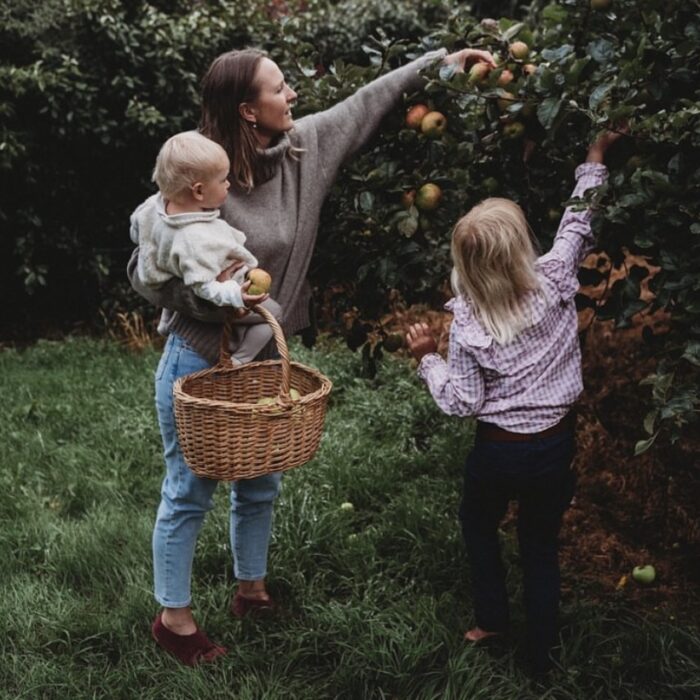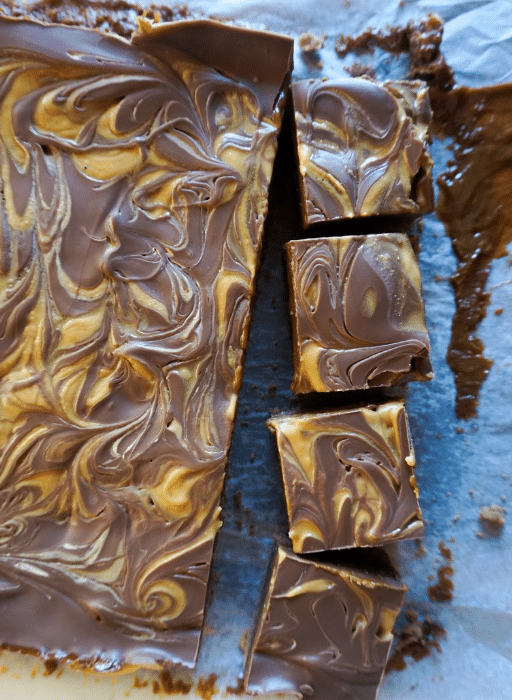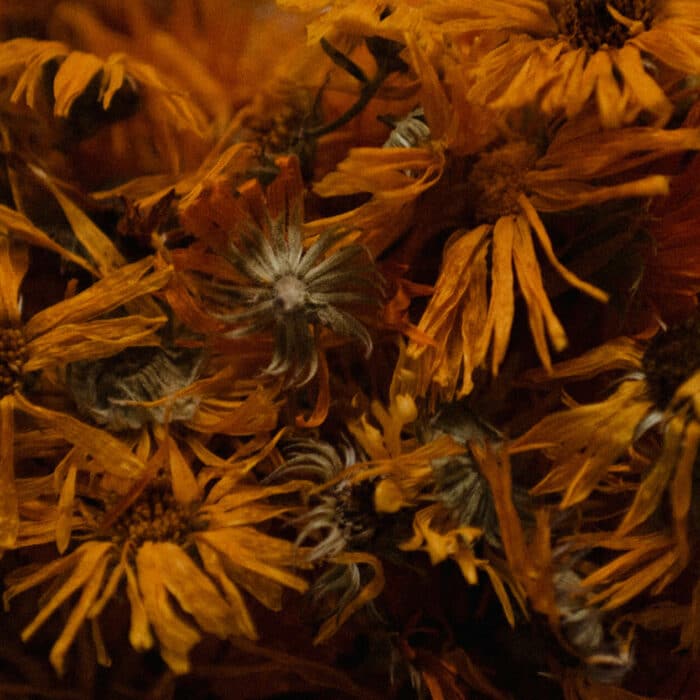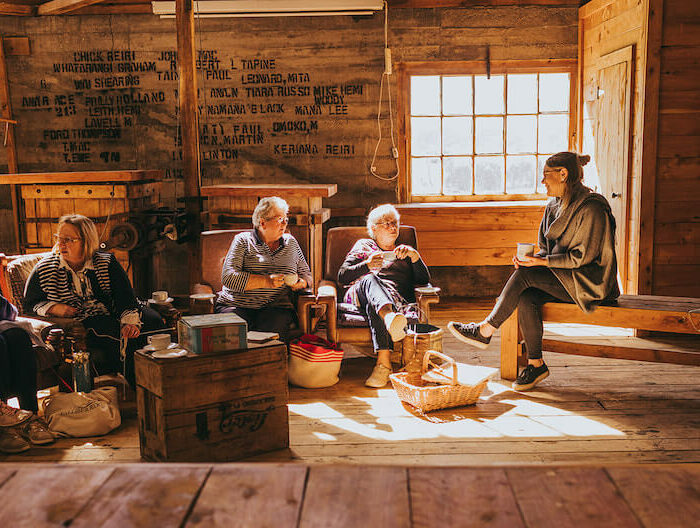01 December 2022
Reading the Water
Manawanuitanga. Against the Grain.
writer: SUE HOFFART
photographer: MICHELLE HEPBURN
Bronwyn Wilson’s feet have been in waders, deep in Aotearoa’s fish-rich rivers, for over fifty years. Her hand-tied flies – used to tempt fish onto a line – appear in international exhibitions and on the lapels of Aotearoa’s best competitive anglers. But fly fishing is more than just a pastime for Bronwyn, and her love of the sport has brought her refuge during tough times.

In Bronwyn’s hands, strips of rabbit fur or peacock feather transform into exquisitely constructed mock insects. She explains the art of fly tying begins with a close examination of the aquatic environment. What insects are around and what do they look like? Which ones are the fish eating? “Visually, you want to know, ‘Is the fly looking fishy?’ Because it’s got to catch a fish,” she says. “One of the best patterns that’s paid my way is a series of rabbit flies. Locals loved them for wet fly fishing at river mouths and night fishing with a Black Rabbit was always good. One of my favourites is the White Rabbit. It does catch a lot of fish.”
Bronwyn is one of Aotearoa New Zealand’s most respected professional fly tiers, and even though she has a full-time job at a Mitre 10 nursery, she still has time to support the six-member New Zealand women’s fly fishing team, passing on fly tying skills. “I’m like the mother figure behind the scenes,” Bronwyn, 63, says of her mentoring role for the competitive anglers. “I encourage them to study the water, to pick up stones and see the insects under there, train them to be observant. There’s a saying, ‘You fish the water with your eyes first, before you start fishing.’ You don’t just charge in, you watch those little ripples and pockets. You’re trying to learn to read the water.”
“If we’re looking for ways to challenge ourselves, joining the competitive world of fly fishing enables us to push ourselves to the outermost physical and mental limits of this exciting sport.”
Bronwyn learned to fish while in primary school from a dinghy in the Coromandel alongside her beloved father, John. She was ten when he died in a tree-felling accident on the family’s Hauraki Plains dairy farm. Bored and bereft, the farm girl discovered fly rods and trout fishing during a holiday with her younger sister in Taupō. Their mother seized on the distraction and Bronwyn was given both fly fishing lessons and books. Trips were made to Auckland sports store Tisdalls for specialty fly tying materials and tips, which spurred Bronwyn to scour the family farm for stray rooster feathers and other treasures. Mohair, possum tails and sheep’s wool went into bags and containers alongside hooks, bobbins, thread, fine scissors and hackle pliers.
“I think fishing and fly tying helped me deal with the grief. Me and my dad were really close mates, we did everything together. After losing a father figure, I found meeting others on the river was a great comfort. I still find being amongst natural life, by the water and the birds provides a kind of company. The whole atmosphere refreshes your soul,” Bronwyn says. She learned that anglers were kind people, prepared to talk fishing or trade flies with a curious girl.
“I’d come down to Taupō to stay with my elderly aunts. They’d pack a picnic basket and sit under a tree while my sister and I fished. Other times, Mum would drop me off and the locals would look after me. I used to go into the little Crystal Brook tackle shop in Waitahanui to ring Mum when I was done. The locals taught me how to fish, how to read the currents, what fly they were using and we’d share ideas. Later on, I’d sit on the beach and tie my flies to sell. I’d experiment with local materials and I’d always come home with an empty box.”

It’s a question of having the right tools, steady hands, a creative eye and the long-practiced skill to transform a twist of this and a smidgeon of that into something approximating the fish’s favourite food. “Fly tying has changed over the years but I go back to the basics and traditional patterns because they teach you the methods of tying, how to tie a hackle on, ways to tie tails on,” Bronwyn says. “Other women have shoes and clothes, I have a six-by-six-metre craft room.”
One of her earliest fly fishing teachers was Scotsman Eddie Bosomworth, who helped nurture Bronwyn’s love of centuries-old fly tying patterns. “Unbeknownst to us, he was a New Zealand champion caster. We paid for our first fly casting lesson with him but we quickly became part of his family and he wouldn’t let us pay,” Bronwyn remembers. “He took us fishing and took us under his wing. Eddie said I needed to learn to tie flies because he was going blind. My sister could fish, too, but she was more studious, a reader. I was dyslexic. My life was farm life – I brought the cows in at 4:30am. I wanted to take metalwork and woodwork at school, but I couldn’t and I left school at fifteen.”
Endlessly curious, she would quiz everyone, study imported American books and pull apart finished flies to see how they had been created. Her own hand-tied nymphs were stashed and labelled in empty plastic-topped Chesdale cheese containers and delivered to a couple of stores to sell. “That money’s what I bought my fishing gear with. At Tisdalls, they’d keep my flies under the counter for an American ship’s captain who used to buy them and take them back to the United States because he couldn’t get anything like that back home,” Bronwyn says.


The practical, fishing-mad farm girl found her way to the trout capital of New Zealand at age twenty-one. “Our family farm was getting too small to support us, so after the sharemilkers left, my sister got a job in Taupō and Mum and I eventually decided to put our farm on the market. If it sold, then we would buy in Taupō; if it didn’t sell, then we would change from dairy to beef and sheep, as we could cope with that on our own,” she says. The farm did sell, and after the move Bronwyn immediately joined what was then a male-dominated fishing club in Taupō.
“I made good friends with people who had the same passion for fly fishing,” Bronwyn recalls. “I volunteered to give fly tying lessons to children. I still remember one special course, when I taught five boys and one girl accompanied by their fathers, and none of them had any fly fishing experience. I asked the fathers to sit with their children to learn fly tying as well and promised to teach them how to cast a fly rod so they could fish with the flies they had tied themselves. Even now, years later, I still receive thanks for doing this, as these experiences have helped fathers to bond with their children.”

These days, women easily outnumber men on the executive committee and Bronwyn is now seeing far more women pick up fly rods. Some have started via Casting for Recovery classes that harness the mental and physical benefits of fly fishing for women dealing with breast cancer – the motion of casting helps support mobility in the arm, not to mention the emotional benefits of being out in nature with a group.
Bronwyn will help anyone on the riverbank, though she is particularly keen to teach women, children and families. In her fly tying classes, which she holds a few times a week, students receive hands-on practical lessons alongside step-by-step, dyslexic-friendly instructions with plenty of photos. “I just like to share. I think I’ve found something I could do, and I’m a good teacher. I had to learn a lot myself and I was once told to keep all the secrets to myself, but I love the fellowship of it,” she says. “Fly fishing gets us out on the water to enjoy this beautiful world around us, and I truly believe it has healing powers for one’s heart and soul. Casting a line to rising trout, surrounded by the sounds of birds chirping and insects buzzing, certainly helps to put life in perspective.”
Glossary. Matuku, Australasian bittern.
“In 2020, Sports Fly Fishing New Zealand hosted the 19th Commonwealth Fly Fishing Championships, and the two New Zealand teams each featured one female member. I mentored both women in preparation for the event, and the following year they asked for my help to put together an all-women’s fly fishing team.”
“People who like fishing like flies. We talk fishing, talk ideas, make suggestions. We’re learning off each other as well. It might be ways to tie a knot that you don’t get in a book.”
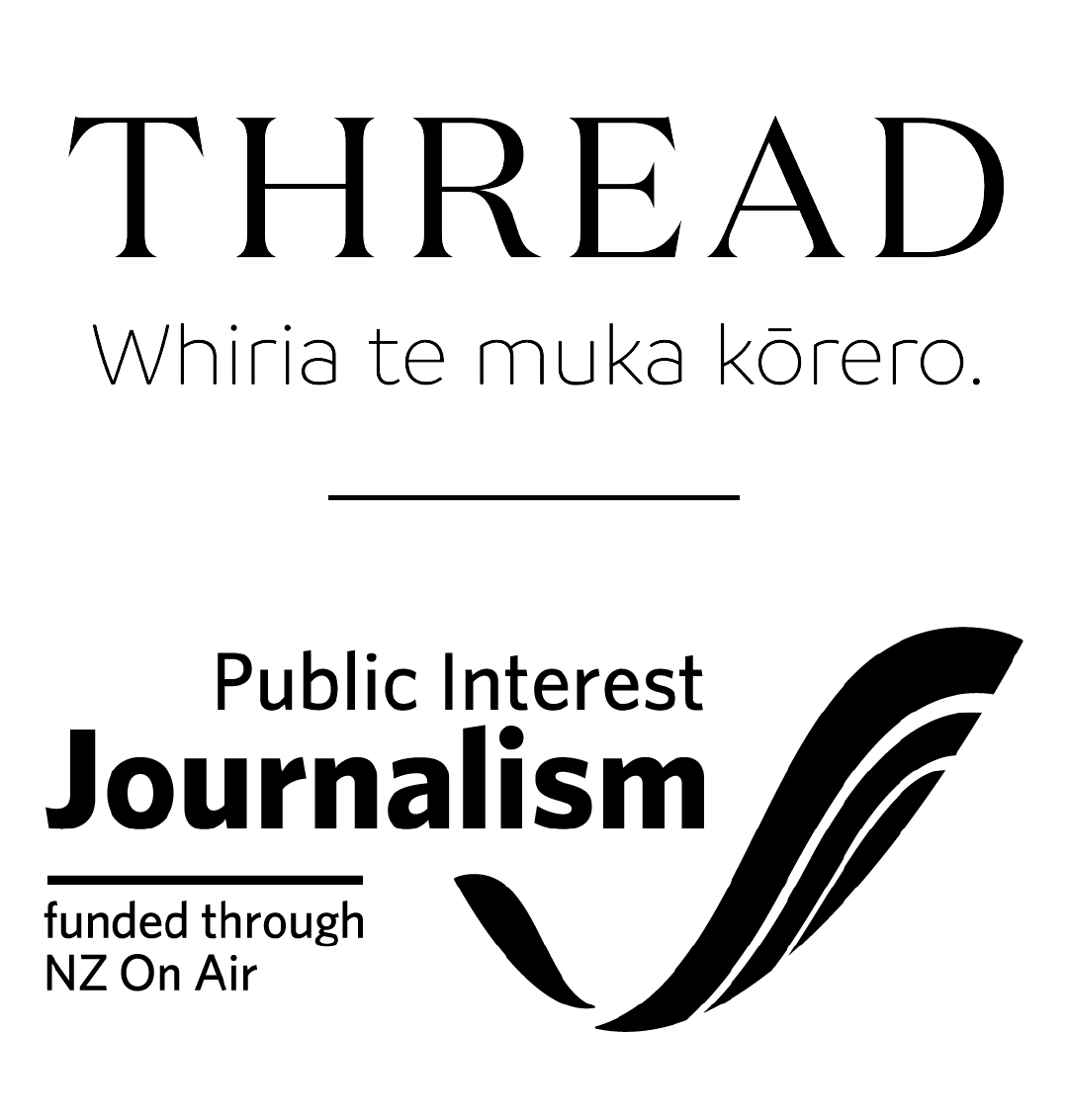
This story is part of THREAD, a year-long project by Shepherdess made possible thanks to the Public Interest Journalism Fund through NZ On Air.
If you enjoyed this story, please share with someone else.
This story appeared in the Raumati Summer 2022/23 Edition of Shepherdess.
Get your hands on a copy.
Related Stories
Lisa Portas
Lisa takes us into the century-old woolshed on Palliser Ridge, where she hosts a monthly community knitting group.
